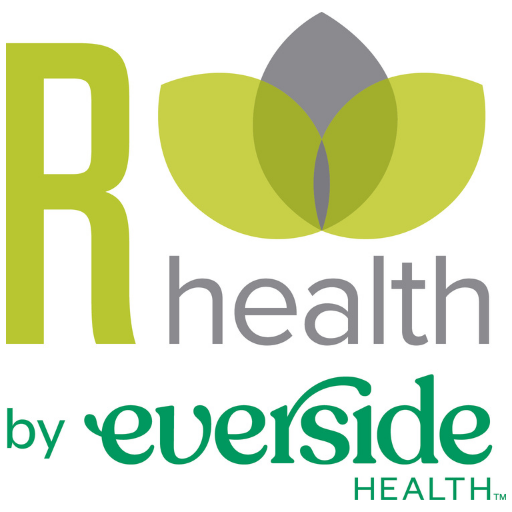Healthy Grilling, Healthy Livin’
Welcome back, Grilling Season! We’ve missed you. Whether you’ve been hiking, biking, or any of our suggested activities last week, we’re sure you’re excited to take a quick break and pick up a spatula. This time of year is abundant for cookouts and barbecues, but we want to make sure when you step behind that grill, you do so with healthy intentions.
Healthy grilling is not only fun, but it’s in the best interest of the people consuming. Heart healthy foods, whether grilling or ordering, should always be in the forefront of minds. Today we will talk about a few tips for healthy grilling, and a few foods which are key to keeping the heart healthy and blood pressure normal.
When it comes to normal blood pressure, the key is to find foods balanced in sodium, potassium, magnesium, and fiber. Healthline discussed the top foods for lowering hypertension and we’ll discuss the following:
- Leafy Greens – Rich in potassium and helps your kidneys get rid of excess sodium, lowering your blood pressure (BP)
- g. Romaine lettuce, arugula, kale, collard greens, spinach, Swiss chard
- Frozen vegetables.
- Garlic and Herbs – These are not only great for the grill, but they can lower BP by widening the arteries, courtesy of the nitric oxide increase they provide to the body
- Herbs and spices also help cut back on sodium intake, if necessary
- Salmon, mackerel, etc. – Fish are high in omega-3 fatty acids which can lower BP, but also a great source of lean protein.
- Fish are also a great source of vitamin D and can reduce inflammation
- Seeds – High in potassium, magnesium, and other minerals great for lowering BP
- Seeds go great in salads as a side dish to whatever you are grilling
- g. Sunflower, pumpkin, sesame, or squash
- Dark chocolate – studies show that it’s been associated with lower risks of cardiovascular disease and it also pairs well with many other hypertension reducing foods (i.e. yogurt, berries, bananas, oatmeal)
Although it’s understood you won’t be rushing to put all these foods on the grill, it’s important to know some key methods so grilling is not only enjoyable, but healthy for everyone who will consume. The American Heart Association shared the best tips for healthy grilling and we’ll discuss below:
- Pick the perfect protein – Fish, skinless chicken breast, and lean ground poultry are all healthier choices with immense benefit for the body.
- Rightsize your portions – a healthy portion of meat is about 3 ounces and should be no more than 6 ounces.
- Add color – Almost every fruit and vegetable can be grilled. Using healthy oil like olive oil (good for hypertension) helps prevents sticking but also aids in bringing out the delicious flavors.
- Choose healthier sides – Instead of traditional baked beans, cole slaw, macaroni, learn how to grill veggies and make your own custom fruit/green salads, etc.
- Grill fruits for dessert – As we mentioned, almost everything can be grilled. The natural sugars of the fruits will caramelize with high heat giving them more flavor and extra sweetness. Apples, pears, pineapples, and peaches are great for grilling.
- Keep it clean – scrubbing down the grill after each use will prevent burning, smoking, and bitter flavors during the next use.
Grilling is always a fun event shared among family and friends over a great meal. You can make great, healthy meals without sacrificing flavors, and it works in everyone’s best interest. If you’d like to learn more about heart healthy foods for grilling or otherwise, please talk to your R-Health doctor; and while you’re at it you can even invite them to your next barbecue!

